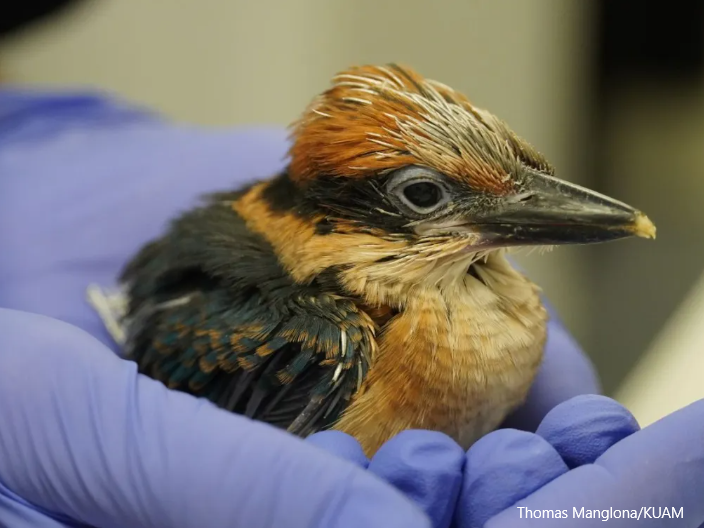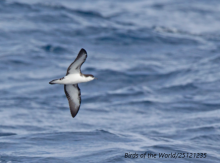
Smack-bang in the center of the Pacific Ocean – slightly north of the equator and about 1,800 kilometers south of Hawaii – lies uninhabited Palmyra Atoll, a U.S. National Wildlife Refuge managed by The Nature Conservancy (TNC).
This year, a group of zoologists spent their Easter weekend there hunting for – and finding – Easter eggs of an unconventional kind: those laid by four much-watched pairs of sihek, or Guam kingfishers (Todiramphus cinnamominus).
“While they might not be as shiny or brightly colored, these tiny, unassuming-looking eggs are far more exciting and precious than any of their chocolate counterparts,” enthuses John Ewen of the Zoological Society of London (ZSL), who chairs its global Sihek Recovery Program Team.
“They are a remarkable milestone for the decades-long mission to rescue the sihek from the edge of extinction.”
His excitement was understandable: these eggs were the first laid by the species in the wild in almost 40 years.
Native to Guam, the sihek became extinct there in the 1980s after the accidental introduction of the brown tree snake (Boiga irregularis), a highly invasive species with a taste for birds and their eggs.









